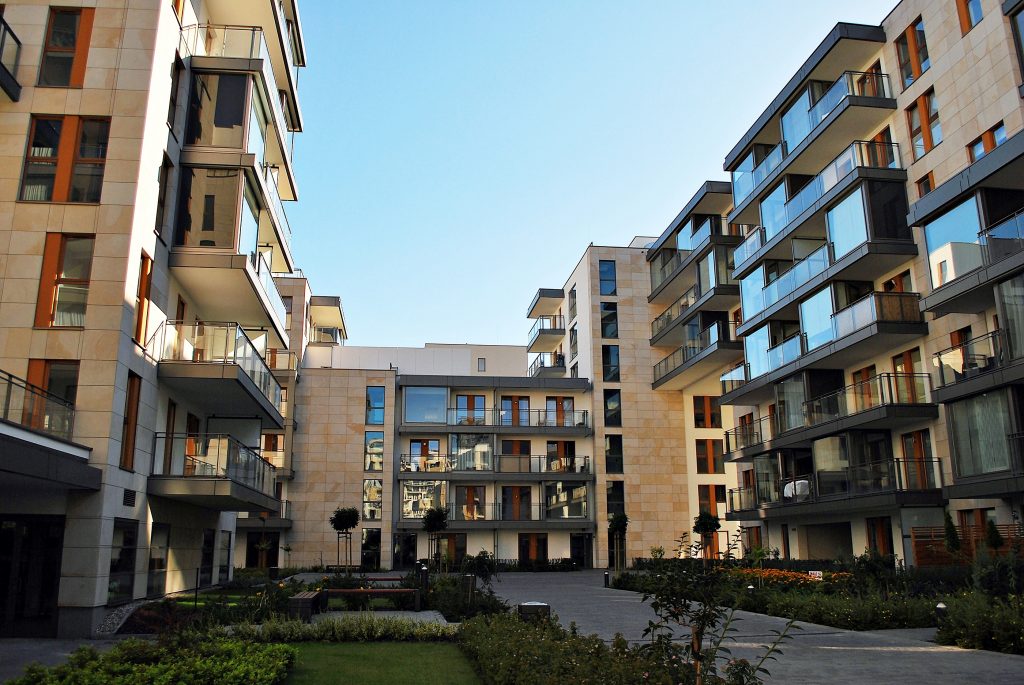Many single-family home investors in California and other U.S. states eventually graduate from the residential to the commercial arena. Commercial real estate ranges from multifamily apartments and restaurants to office and retail spaces. The purchase of a commercial property can contribute to a highly profitable and productive portion of an investment portfolio. Buying at the ideal time and at the right price can help investors build lucrative long-term wealth. Here’s a brief overview of what purchasing a commercial building looks like.
One of the key differences between buying a commercial property and a residential one involves the lending process. When purchasing a single-family property, the creditworthiness of the individual lender is taken into account. When purchasing a commercial property, the lending terms are based on the income and expenses of the underlying business.
When it comes to determining the valuation and loans of a residential property, the estimate is based solely on comparable properties. On the other hand, valuations for commercial properties are based solely on the income generated by the asset. With commercial business loans, the approved amount might be based on how an investor can maximize income and reduce expenses, too.
Except for apartment buildings, tenants of commercial properties are typically businesses as opposed to individuals. In commercial real estate, rental leases also tend to be longer than those of residential real estate. Tenants of commercial properties are responsible for paying insurance, maintenance and property taxes, too.
While purchasing a commercial property might come with an array of benefits, it can also come with its own set of risks. If you’re considering investing in a commercial property or you’re a current owner who’s dealing with an unexpected real estate matter, you might consider seeking the guidance of an experienced real estate attorney.





